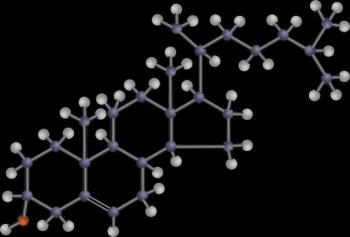A team of scientists from Pohang University of Science and Technology (POSTECH) managed to tune black phosphorus' band gap to form a superior conductor, allowing for the application to be mass produced for electronic and optoelectronics devices.

The tunable band gap in BP effectively modifies the semiconducting material into a unique state of matter with anisotropic dispersion. This research outcome potentially allows for great flexibility in the design and optimization of electronic and optoelectronic devices like solar panels and telecommunication lasers.
Black phosphorus is the stable form of white phosphorus and gets its name from its distinctive color. Like graphene, BP is a semiconductor and also cheap to mass produce. The one big difference between the two is BP's natural band gap, allowing the material to switch its electrical current on and off. The research team tested on few layers of BP called phosphorene which is an allotrope of phosphorus. They doped the phosphorene with potassium, which confined the electrons and allowed manipulation. Potassium produces a strong electrical field which is what is required to tune the size of the band gap.
While graphene is more efficient in its natural state than black phosphorus, it's difficult to open its band gap; therefore the scientists tuned BP's band gap to resemble the natural state of graphene, a unique state of matter that is different from conventional semiconductors. The potential for this new improved form of black phosphorus seems to be beyond anything the Korean team hoped for, and soon it could potentially be applied to several sectors including engineering where electrical engineers can adjust the band gap and create devices with the exact behavior desired.
Source: eurekalert